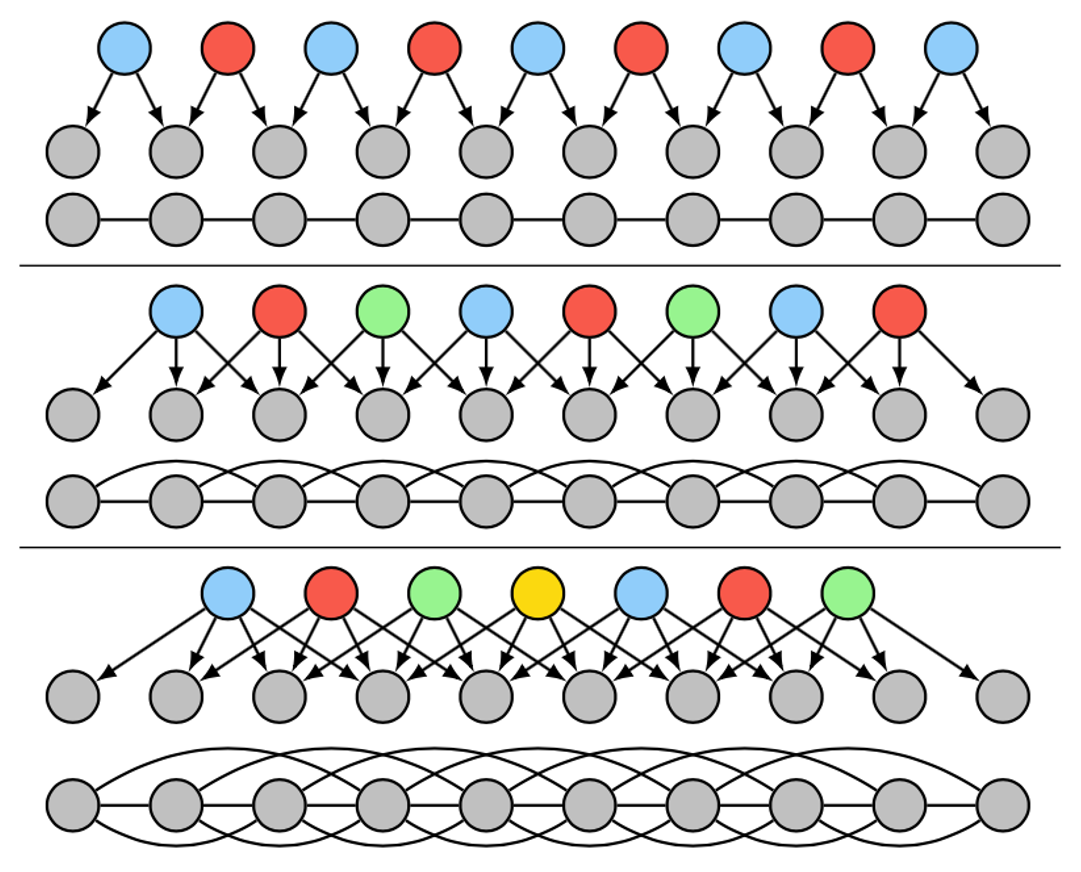Detection of special nuclear material (SNM) is of critical interest to US Homeland Security as only a small quantity of such material is required to create a weapon with great destructive capability. Current technologies utilizing passive detection are susceptible to simple countermeasures such as shielding of the SNM with material with large atomic number (high Z). Importantly, this poses a problem for key isotopes that are weakly radioactive and thus easily shielded; detection of shielded high enriched uranium (HEU), which releases few neutrons and low energy gamma, is particularly challenging and continues to be an area of open research. Active detection techniques promise to be more robust as they are capable of penetrating such shielding to detect SNM. Active interrogation probes the material using neutrons or gamma rays to detect products resulting from either a prompt fission reaction or from subsequent reactions from excited daughter fragments.
Since different sensor and source pairings provide varying information about material content and are susceptible to differing shielding tactics, we are interested in identifying sensor configurations that are highly informative about whether or not the cargo contains SNM. Neutron interrogation leads to fission-process products that are strongly indicative of SNM but it may be hard to localize within the container. Neutrons are easily shielded using neutron moderators; however, a neutron detector can be used to uncover this shielding. Photon interrogation can also induce the fission process; localization of SNM based on detection of these fission products is difficult. Alternatively, photon interrogation when paired with photon detection is informative of the attenuation coefficient of the probed material which if informative of the material type. Photons are easily shielded by high Z material, but this shielding can be uncovered when paired with a photon detector. In this work we focus on the use of a photon probe, as neutron sources can generate a limited number of neutrons and, are significantly more harmful to human in accidental exposure, thereby requiring significant precautions and complicating the overall system.
Project Title: Consortium for Verification Technology
Acknowledgement: This material is based upon work supported by the Department of Energy / National Nuclear Security Administration under Award Number(s) DE-NA0002534.
